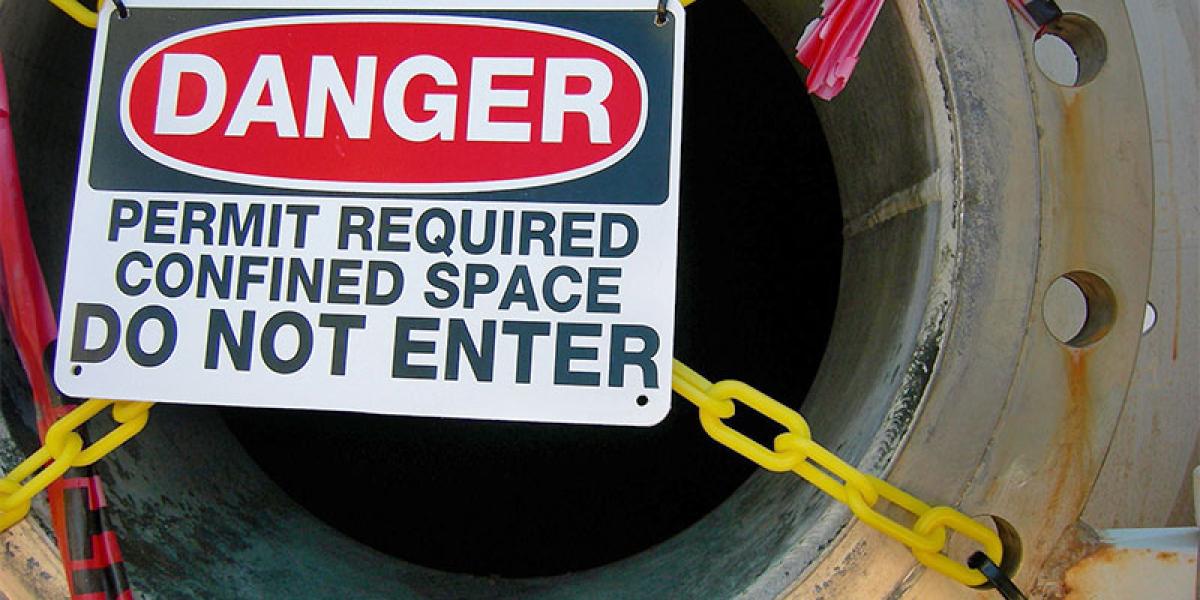As part of routine maintenance activities, many employees of Ohio State are required to enter potentially hazardous small or enclosed (confined) spaces. For a space to be classified as a confined space, the space must meet all three of the following criteria:
- Is large enough and so configured that an employee can bodily enter and perform assigned work.
- Has limited or restricted means for entry or exit.
- Is not designed for continuous employee occupancy.
Typical confined spaces include but are not limited to air handling units, elevator pits, tanks, sewers, boilers, and utility vaults. These confined spaces may have atmospheric conditions and/or physical hazards present that could lead to injury or death. Environmental Health and Safety maintains a database of all known confined spaces on campus, now numbering in excess of 3,000 locations.
EHS has a written Confined Space Program that contains requirements for practices and procedures to protect employees from the hazards of entry into a confined space. The written program adheres to the requirements set by the Occupational Safety and Health Administration (29 CFR 1910.146). An important component of the Confined Space Program is the requirement of entry permits, available through the EHS website.
Some confined spaces may have hazardous atmospheres. To ensure a safe atmosphere before entering a confined space, atmospheric monitoring must take place before entry. Facilities Operations and Development can access atmospheric monitors through the FOD stockroom. Other departments should follow departmental-specific procedures or contact EHS for assistance at 614-292-1284.

